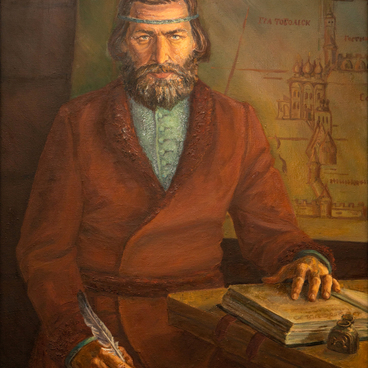From the middle of the 16th century rifles began to spread in Ancient Rus or, as they were called in written sources, squeaked arquebuses. They were different from the smoothbore arquebuses above all by the fact that the barrel had rifling, which helped the bullet make more stable in flight. Moscow squeaked arquebuses had six (‘six-inch nail’) or eight (‘eight-inch nail’) rifling. A larger amount was applied quite rarely and only for custom-made weapons. At an early stage, rifles were more often used in hunting, but since there was no division between hunting and combat in command weapons in the 16th-17th centuries, rifled barrels were very soon used during military operations.
It is known from written sources that since the middle of the 17th century, rifles had been quite actively manufactured in domestic weapons centers, for example, in the Moscow Armoury. In the second half of the century, the Streltsy troops were already regularly supplied with squeaked arquebuses. Service people in North-Eastern Russia and Siberia often had rifled weapons – they were used both as combat and commercial weapons.
The historian Lilla Makovskaya wrote in her research:
It is known from written sources that since the middle of the 17th century, rifles had been quite actively manufactured in domestic weapons centers, for example, in the Moscow Armoury. In the second half of the century, the Streltsy troops were already regularly supplied with squeaked arquebuses. Service people in North-Eastern Russia and Siberia often had rifled weapons – they were used both as combat and commercial weapons.
The historian Lilla Makovskaya wrote in her research:



